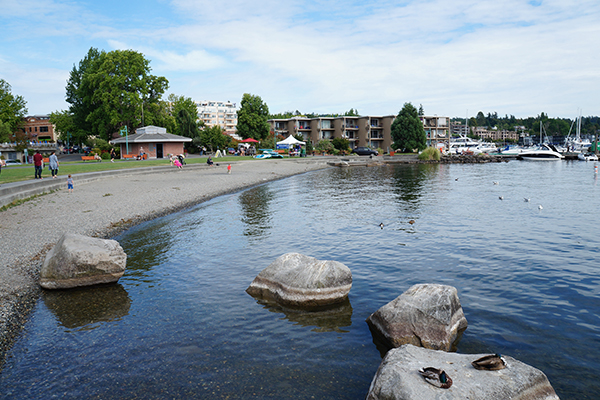
Kirkland Economic Partnership (WA) – Pathway to Kirkland’s Economic Future
Challenge
Located at the center of the Seattle metropolitan area, Kirkland benefited from the region’s large population base and its national reputation. Its coveted location allowed Kirkland to integrate a variety of employment opportunities with a livable and vibrant community. Despite these advantages, Kirkland was not immune to threats. The most obvious of these was the city’s dependence on the economic health of the Puget Sound area, which was vulnerable to economic downturns because of its reliance on Boeing and the technology sector. Furthermore, the increasing desirability of Kirkland as a residential location threatened to drive up land costs, making the community too expensive for business expansion.
Response
In August 2004, Kirkland Economic Partnership engaged TIP Strategies to assess the economic alternatives available to the community and recommend actions. Based on interviews with local experts, a review of the quantitative data regarding Kirkland and the Puget Sound Region, and an examination of City policy and land use documents, TIP prepared an analysis of Kirkland’s strengths, weaknesses, opportunities, and threats. Three themes emerged from this process: Kirkland was a highly desirable place to live/work, change in Kirkland was slow and often difficult, and residential quality of life was the cornerstone for decision-making. Through sound planning, the city had preserved options unavailable to other communities. Kirkland provided a broad range of amenities and did not rely on Seattle for cultural attractions and entertainment venues. As a result, the city had the potential to operate less as a suburb and more as a truly autonomous community. The resulting document, Pathway to Kirkland’s Economic Future, provided leaders with a framework for bringing this vision to reality through the collaborative efforts of the city government, local businesses, and neighborhood associations.